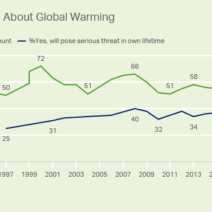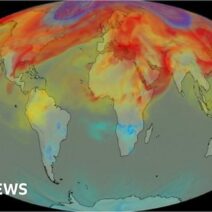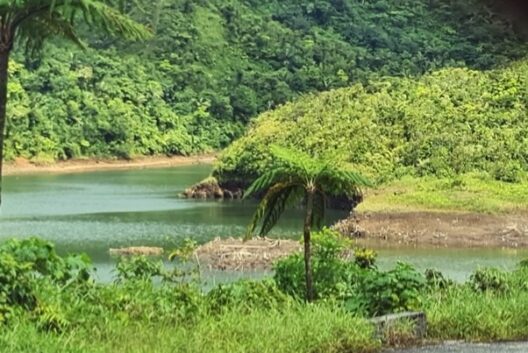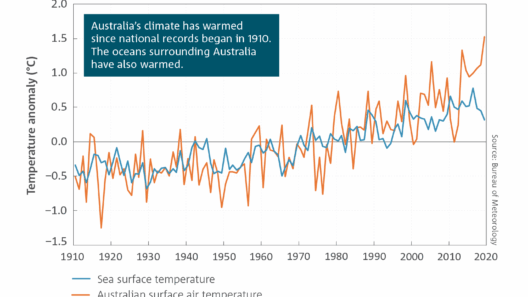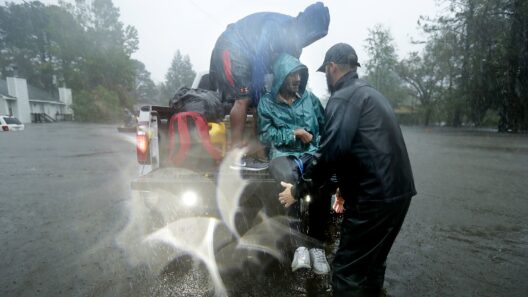Mount Everest, a titanic edifice that pierces the heavens, has long been a symbol of human aspiration and the rugged beauty of our planet. Its sheer grandeur and the challenges it presents to mountaineers have made it an iconic peak, revered by adventurers and nature enthusiasts alike. However, beneath this majestic façade lies a troubling reality: the effects of climate change are taking a palpable toll on Everest’s once-imposing glaciers. This ethereal monument to nature’s power is now feeling the relentless heat of a warming world.
The Himalayas, often regarded as the “Third Pole” due to the vast amount of ice contained within their lofty heights, have been the focus of extensive climate research. The glaciers, which have stood sentinel for millennia, are now retreating at an alarming rate. An intricate tapestry of ice and rock, Everest’s glaciers are not only crucial to the mountain’s ecosystem but also play a significant role in regulating water supply for millions downstream. As temperatures rise, the fragile equilibrium that has existed for eons is being disrupted, leading to both environmental and social ramifications.
To paint a vivid picture, consider the metaphor of Mount Everest as a grand, ancient library, its glaciers the tomes of history inscribed in ice. Each layer of ice encapsulates stories of climatic epochs, chronicling the Earth’s atmospheric fluctuations over millennia. Unfortunately, the pages of this library are being torn away, leaving behind an incomplete narrative. Glaciologists have documented that the annual melt in the Everest region has accelerated significantly; a stark illustration of climate change’s impact is the observation that many glaciers could lose up to 80% of their mass by the end of the century if current trends continue. The urgency to recognize this phenomenon cannot be overstated.
Temperature anomalies are not merely statistical facts; they carry profound implications. In recent decades, the average temperature in the Himalayas has risen nearly double the global average. This warming is catalyzing a feedback loop that exacerbates the situation: melting glaciers unveil darkened surfaces underneath, which absorb more heat, further accelerating the melting process. As the iconic peak becomes increasingly vulnerable, the environmental equilibrium it has maintained for eons is facing unprecedented disruption.
The phenomenon of glacial retreat has numerous cascading effects. For the local communities that rely on glacial meltwater to sustain agriculture, drinking water supply, and hydroelectric power, the ramifications are dire. The loss of glacial mass can lead to both water scarcity and flooding, as the natural reservoirs become increasingly unpredictable. This precarious situation places immense pressure on the resilience of these communities, forcing them to adapt rapidly to the changing climatic conditions. In a sense, Mount Everest is not merely a geographic feature; it is a lifeblood for the people inhabiting its shadow.
Additionally, the melting glaciers expose ancient glacial lakes, leading to the potential for glacial lake outburst floods (GLOFs). The peril of these catastrophic events cannot be overstated; as the temperature continues to rise, the integrity of these natural dams may be compromised, endangering nearby settlements. This precariousness serves as a clarion call for immediate action to address climate change, adopting sustainable practices that can mitigate our collective impact on Earth’s fragile ecosystems.
In the grand tapestry of climate change, Mount Everest serves as an illustrative microcosm. It encapsulates the intricate interplay between natural processes and human-induced climate alteration. The beauty of this iconic peak belies the threat it faces; the loss of its glacial crown represents not just a physical alteration of the landscape but also a deeper cultural and emotional dissonance. For many, Everest symbolizes an indomitable spirit, a challenge to conquer, yet the prospect of its glaciers disappearing evokes a sense of loss for future generations.
The international community must rally around the imperative to curb greenhouse gas emissions and embrace renewable energy sources. The stakes are high, and the time for concerted action is now. Heightened public awareness around the plight of Mount Everest and its glaciers can galvanize global action and foster a sense of stewardship towards our planet. As the icon of the world’s tallest mountain grapples with its new reality under the specter of climate change, it is incumbent upon us to restore balance to our planet’s climate system.
In conclusion, as we confront the stark realities of a warming world, Mount Everest stands not merely as a monument of natural beauty but as a prophetic entity urging us to reconsider our relationship with nature. It commands our respect, beckoning us to acknowledge our responsibilities as stewards of the environment. The unique appeal of the iconic peak, coupled with the urgency of the climate crisis, invites a transformation in our collective conscience. It is time to heed its call before its towering glaciers melt away into the annals of history, mere echoes of our planet’s expansive narrative.
